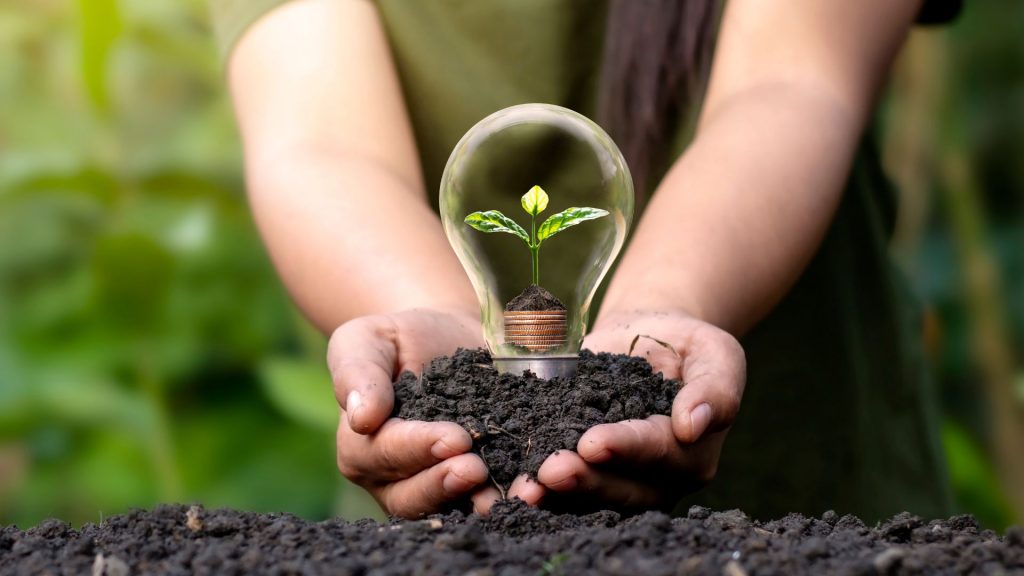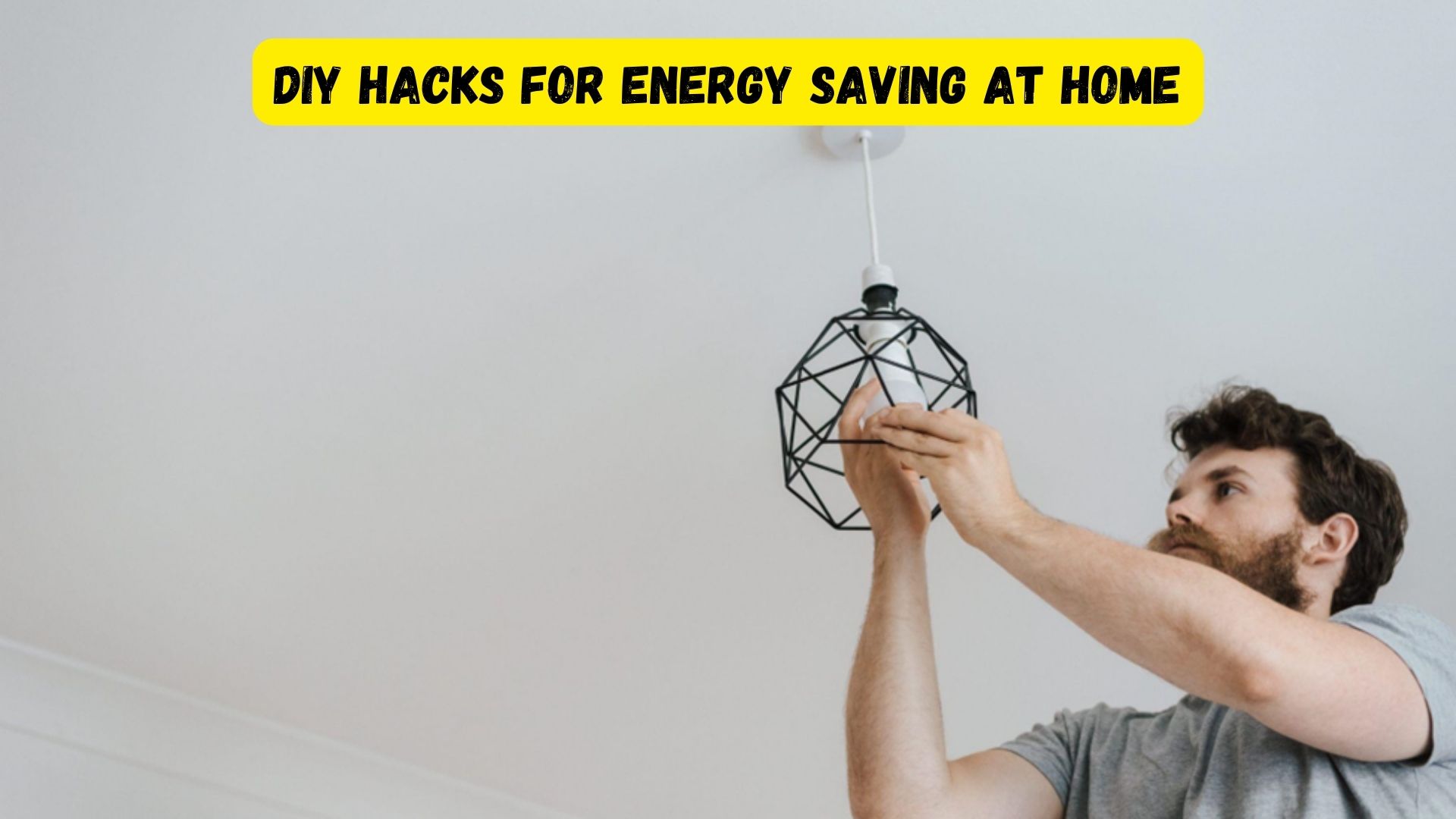If you’re looking for ways to save money on your utility bills, a good place to start is by making sure that your home is as energy-efficient as possible. You can compare the rates you’re paying with other energy suppliers and take advantage of sizable utility bill savings.
There are lots of simple things you can do around the house that will help you reduce your electricity consumption without sacrificing comfort or convenience. These are simple DIY hacks that you can do in a few minutes, which will help you save both money and energy in your house.

1. Lighting
Switch them off
Turn off unused lights. This can be done with a wall switch, or you could invest in a dimmer switch to lower the brightness of lights when they’re not needed (and raise them again when you need to see).
Switch to LED
Switching from incandescent to LED bulbs is one of the easiest DIY home energy-saving hacks you can do. Incandescent bulbs are inefficient, burning out very quickly and requiring frequent replacement. LEDs last longer, use less electricity (90% less than a traditional bulb) and cost more upfront but pay for themselves in years of savings.
In addition to using fewer resources, LEDs have other advantages: they’re brighter than incandescent lights; they don’t get hot like traditional bulbs; they come in different shapes that work well with many fixtures. You can buy them at hardware stores or online.
2. Use Cold Water
One way to cut back on those costs is to wash your clothes in cold water. It may sound crazy, but it actually works—and can save you money by reducing your utility bills.
Washing in cold reduces energy use by up to 25 percent when compared with washing at high heat. This is because most detergents work best when they’re used at cooler temperatures; warm water can actually make dirt harder to remove from clothes.
So if it’s not an emergency situation where stained items need quick treatment, turn down that dial on your washing machine!
3. Air Dry Your Laundry
Hanging clothes to dry is one of the most energy-saving DIY hacks. Why? Because dryers suck a lot of power, and air dryers are more efficient than electric ones.
If hanging isn’t an option for some reason (maybe it rains too often where you are), then using an indoor drying rack is another great alternative for getting your clothes quickly and cheaply dried out without wasting power or money at all! If you have room in your home, installing a clothesline or drying rack can be an easy way to save money and energy.
4. Don’t Use Standby
The first step is to turn off the power strip where all your appliances are plugged in. If you have a smart meter, then turn off the electricity at the main switch.
Next, unplug any appliances that aren’t being used and if you’re going out of town for more than 30 minutes, unplug everything else too. Make sure there’s no way for an appliance to be accidentally turned back on when not in use (e.g., by pets).
If this sounds like too much work, consider buying timers or smart plugs that can sense when an appliance is “off” and automatically shut it down after a set amount of time (between 1 minute and 24 hours).
5. Check Your Insulation
Insulation is important for reducing heat loss and heat gain in your home. Insulation can be made from a range of materials, including fibreglass, mineral wool and polystyrene. It helps keep warm air inside the house and stops cold air from coming in through windows or roof tiles.
To check if your home insulation is working effectively, contact an expert in your area and see if they offer free assessments. They will ask you about the types of materials installed in your property as well as how often it’s been checked over the years. If there are any problems with your insulation, they will suggest ways you can improve it.
6. Reuse Rainwater
Collect your rainwater in rain barrels and use it to irrigate your garden. This will lower your energy consumption because this water won’t cost you a thing. You simply have to place the rain barrels under the gutters to collect the rainwater when it pours. Check this blog for other DIY garden projects.
Final Thoughts
You can make a few simple changes to your everyday routine that will help you cut down on energy costs. The best part about this is that you don’t need a professional to make most of these changes. If you’re looking for more DIY projects to tackle or for more ideas, check out https://www.diytomake.com/

